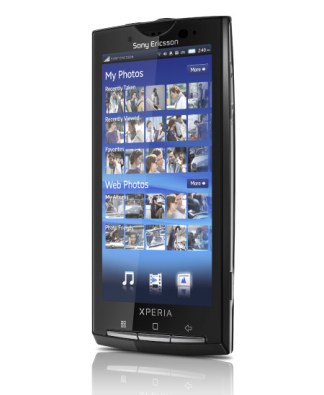
The deal, worth some 1.05 billion euros (or $1.5 billion), is a significant move for Sony. By taking full control over its mobile outfit, Sony has the potential to develop even more innovative smartphones and tie all of its devices more smoothly into its content ecosystem. Basically, Sony is trying to become more like Apple.
[aditude-amp id="flyingcarpet" targeting='{"env":"staging","page_type":"article","post_id":345489,"post_type":"story","post_chan":"none","tags":null,"ai":false,"category":"none","all_categories":"business,mobile,","session":"B"}']“It’s the beginning of something which I think is quite magical,” Sony Chairman Howard Stringer said at a news conference in London this morning. “We can more rapidly and more widely offer consumers smartphones, laptops, tablets and televisions that seamlessly connect with one another and open up new worlds of online entertainment.”
Previously, the development of Sony’s phones was handled separately from tablets and other devices.
AI Weekly
The must-read newsletter for AI and Big Data industry written by Khari Johnson, Kyle Wiggers, and Seth Colaner.
Included with VentureBeat Insider and VentureBeat VIP memberships.
Formerly the world’s sixth largest cellular phone manufacturer, Sony Ericsson was a 50:50 joint venture between the companies. The venture was responsible for some innovative cellphones, such as Walkmen-branded music phones and Cybershot camera phones. But Nokia ended up dominating the market for lower-end phones, and Apple quickly made the iPhone the standard for all high-end smartphones.
As analyst Pete Cunningham of Canalys tells Reuters, Japanese companies have historically had a difficult time taking over Western firms. He adds, though, that he “would not say it cannot be done.”
VentureBeat's mission is to be a digital town square for technical decision-makers to gain knowledge about transformative enterprise technology and transact. Learn More
